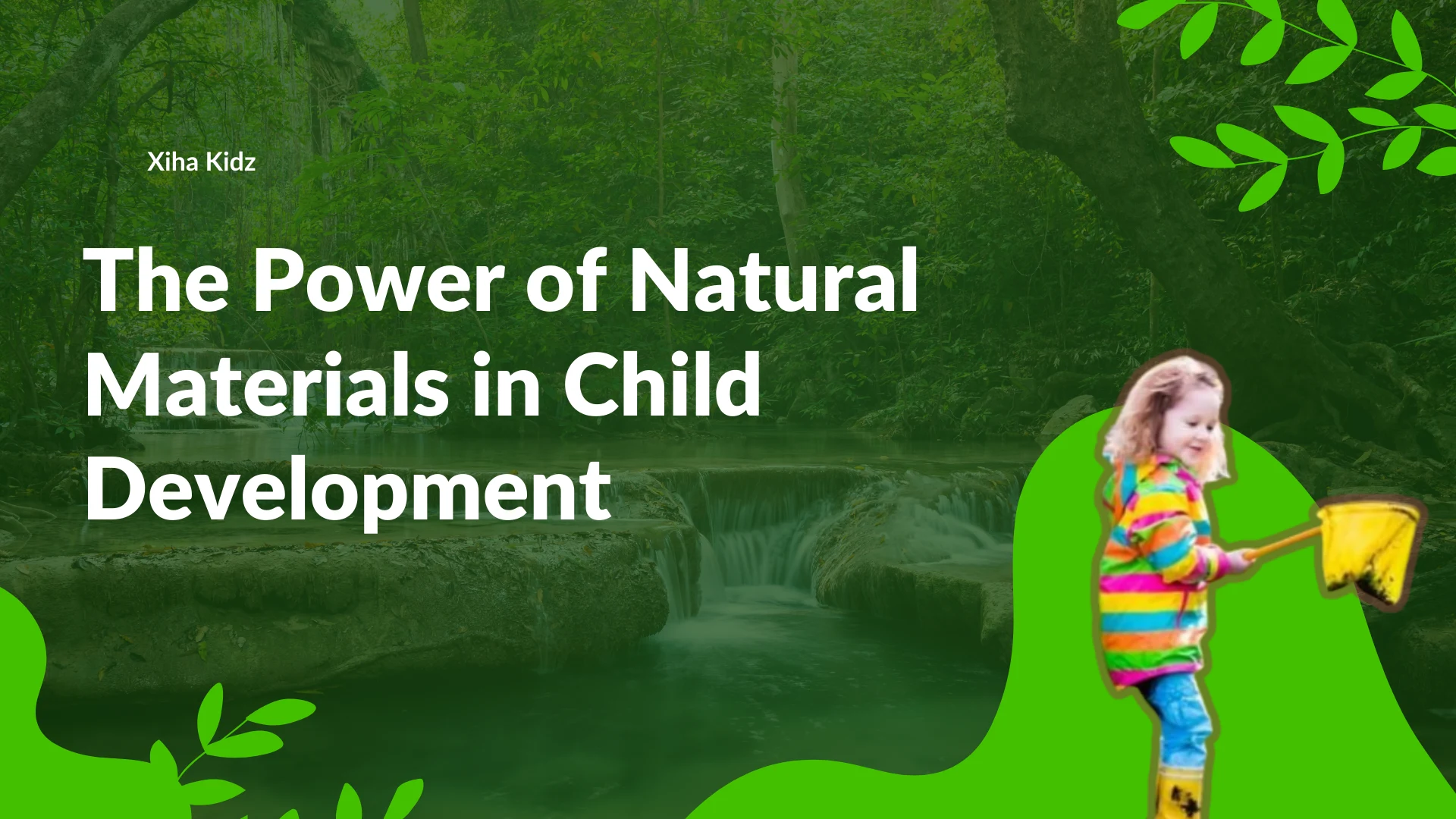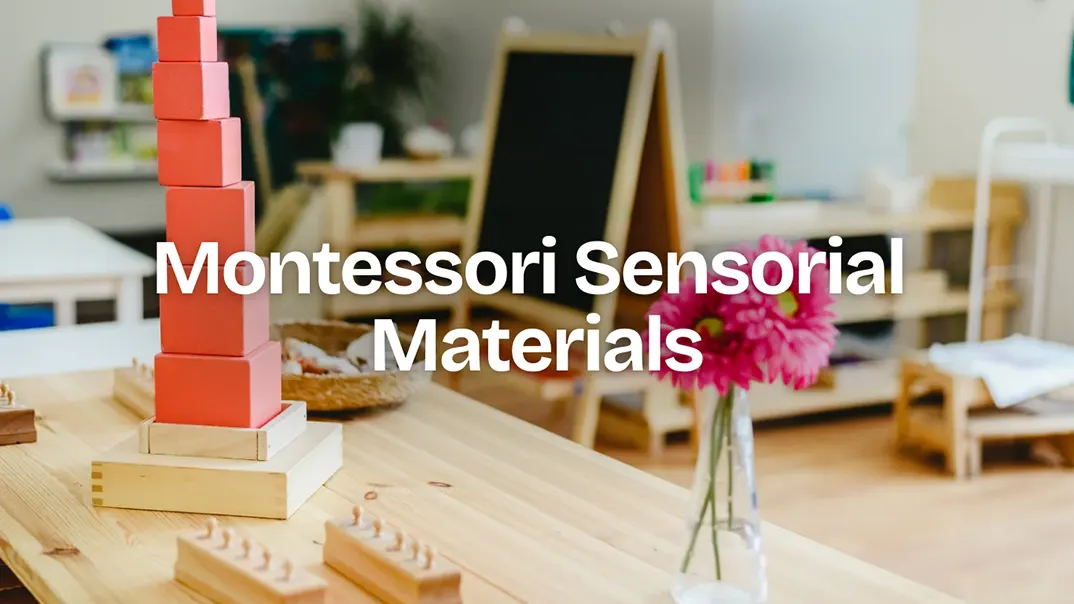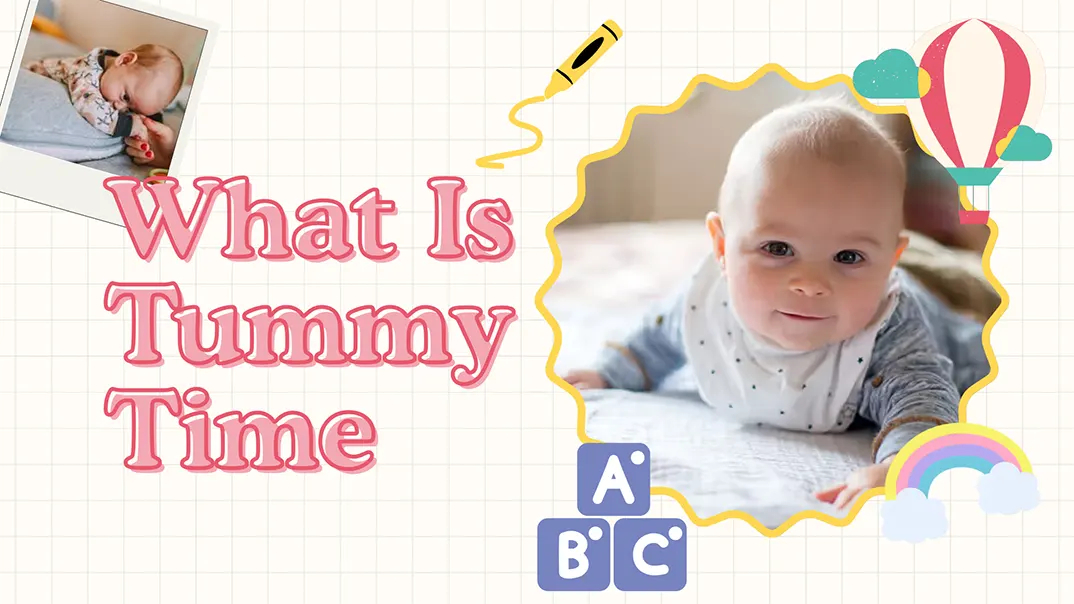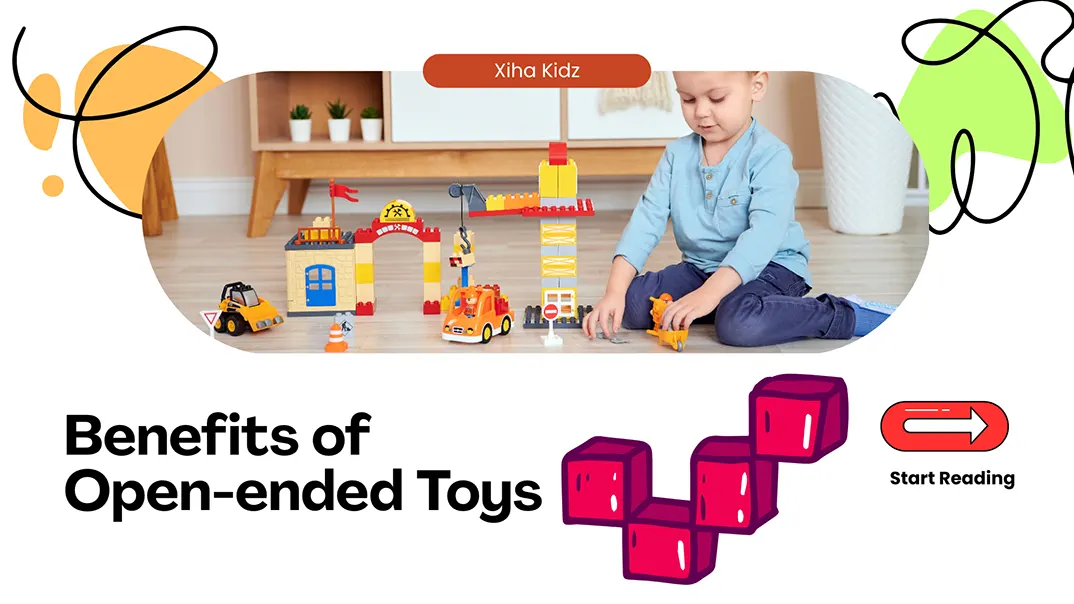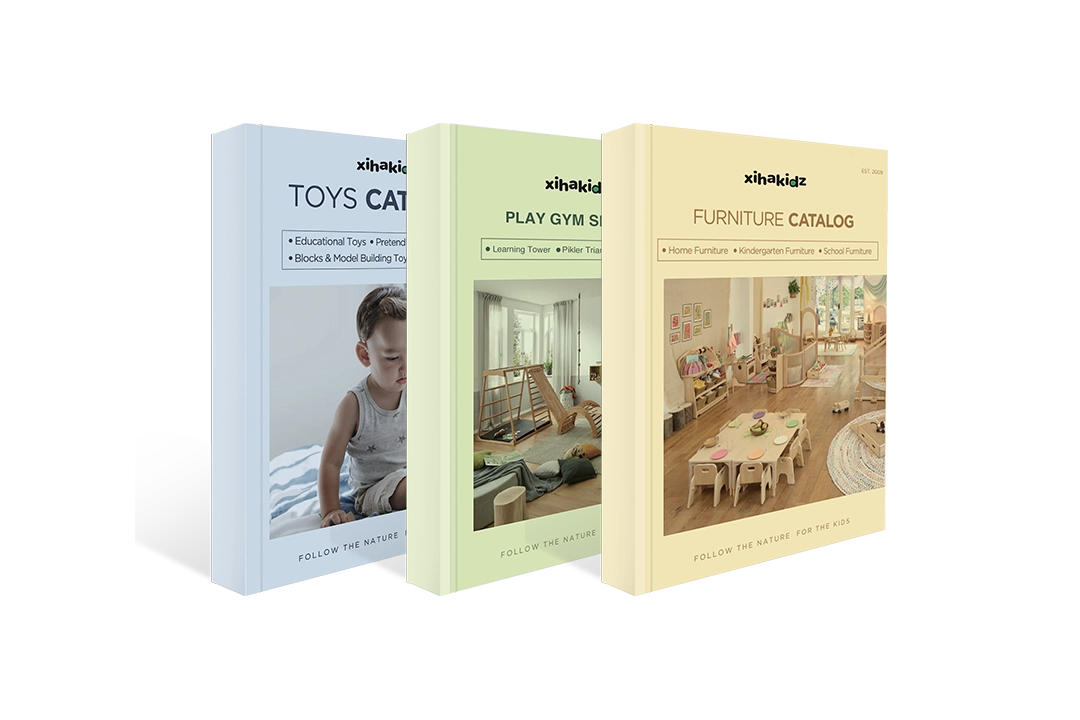お子さんは学習内容をなかなか覚えられませんか?幼稚園での記憶力に不安を感じていませんか?学習環境を変えることで改善できるでしょうか?これらは、保護者や教育者にとって共通の懸念事項です。この記事では、お子様の記憶力を高めるための効果的な戦略を、発達に関する重要な知見や、記憶力を大幅に向上させる実践的なテクニックを含めてご紹介します。
子どもの記憶力を向上させるには、単に暗記するだけでなく、脳の発達を促す環境を整えることも重要です。神経科学では、積極的な関わりが記憶を司る脳の部位である海馬のつながりを強化することが示されています。インタラクティブな学習、問題解決、そして整理整頓された快適な空間は、子どもの集中力を高め、情報記憶力を向上させるのに役立ちます。
記憶は子供の 認知発達記憶力を向上させるには、子どもたちは能動的な学習と記憶力を促すような経験を必要とします。子どもたちの記憶力を強化する方法を理解し、認知発達に理想的な環境を整えるために必要な努力をしましょう。
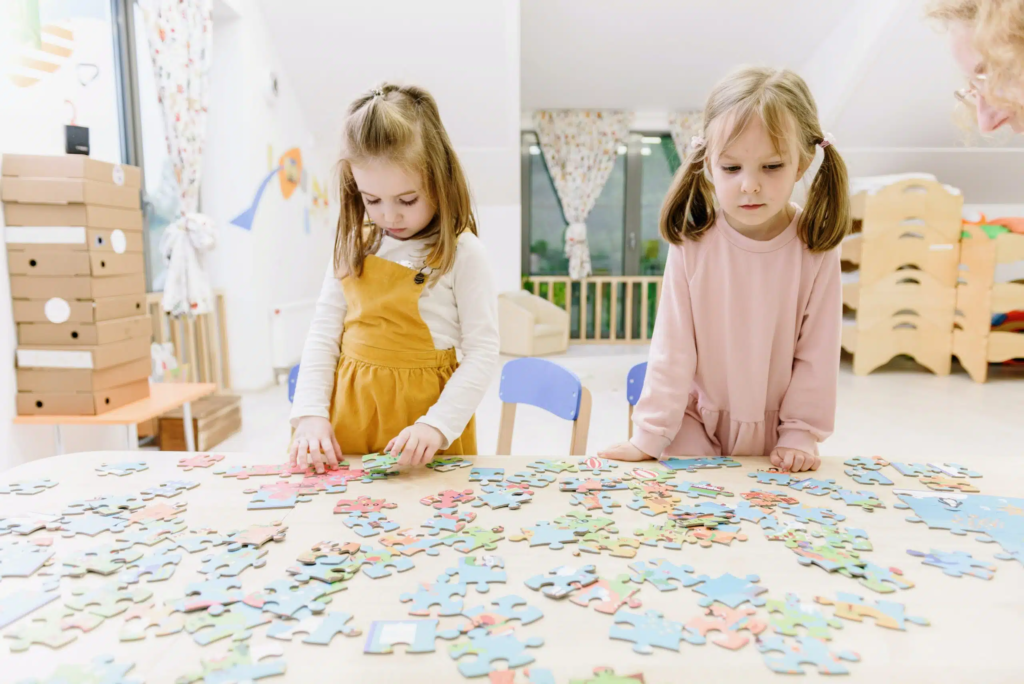
幼児期の記憶の発達
幼児期の記憶は、複数の認知機能が関わる複雑なプロセスです。この段階では、子どもの脳は急速に発達するため、記憶は成長全体において非常に重要な役割を果たします。研究によると、幼児の脳は非常に可塑性が高く、新しい神経接続を素早く形成できることが示されています。そのため、幼児期は記憶力と認知能力を高めるための戦略を導入するのに最適な時期です。
子どもの記憶は、短期記憶、長期記憶、そして作業記憶に分類されることが多いです。それぞれ異なる役割を担い、発達の速度も異なります。モンテッソーリ教育のような、記憶の発達を促す早期介入は、このプロセスを加速させる可能性があります。
短期記憶
Short-term memory is a fundamental aspect of a child’s memory, referring to the capacity to briefly hold and manipulate information. For young children, this often involves retaining details long enough to complete tasks or follow sequences. An example of utilizing short-term memory is remembering simple instructions like “put the red block in the basket.”
At an early age, a child’s memory typically has limited short-term capacity. Nevertheless, this crucial skill can be nurtured through practice. Games and activities designed to encourage children to follow multi-step instructions or recall sequences of items are particularly beneficial in enhancing a child’s memory.
長期記憶
In contrast, long-term memory is the component of a child’s memory that enables storing information over extended periods, ranging from hours to many years. Long-term memory becomes increasingly vital as children grow and accumulate knowledge, essential for academic learning, personal experiences, and acquiring life skills.
Young children’s long-term memory develops progressively, and its enhancement can be effectively supported through repeated exposure to core concepts. Montessori-based activities, characterized by repetition and active interaction with materials, significantly boost a child’s memory by reinforcing retention and deepening understanding over time.
当社の全製品ラインナップをご覧ください
幼稚園や学校向けの最高品質の家具や遊具を取り揃えた当社の総合カタログをご覧ください。
Working Memory
Working memory is a critical function of a child’s memory system that enables them to temporarily hold and manipulate information needed to complete tasks. For instance, when solving a puzzle, a child must remember the shapes and where each piece belongs—an active use of working memory. Unlike short-term memory, which involves passive recall, working memory involves active mental processing and decision-making.
This aspect of a child’s memory plays a foundational role in problem-solving, learning, and day-to-day functioning. As children grow, especially during their early school years, the development of working memory becomes vital for managing multi-step instructions and tackling academic challenges.
10 Practical Strategies to Improve a Child’s Memory
Once we understand the key factors that influence memory, the next step is to put practical techniques into action. These strategies combine research-based insights with everyday activities, making them easy to integrate into a child’s daily routine. By using a mix of games, visualization, and active learning, parents and teachers can help children strengthen their memory while also making the process fun and engaging.
1. Develop Visualization Skills
Visualization is a powerful tool that strengthens a child’s memory by turning abstract information into vivid mental images. For example, if you ask your child to set the table for five people, encourage them to imagine the table in their mind. Younger children may draw it, while older children can describe it out loud. With practice, this technique helps improve recall and makes information easier to remember.
2. Turn Children into “Little Teachers”
Explaining a concept to others is one of the best ways to learn. When children are asked to teach their parents, siblings, or peers, they must make sense of the information and organize it clearly. For instance, if they are learning to dribble a basketball, have them demonstrate and explain the steps. This active processing helps deepen understanding and strengthen recall.
3. Use Games to Train Memory
Play-based activities are highly effective in improving a child’s memory. Games such as Memory (Concentration), Uno, Go Fish, or Crazy Eights challenge children to remember rules, cards, and sequences. Even simple activities like spotting letters on license plates or circling words in a magazine can sharpen visual memory. These playful methods make learning enjoyable while training recall skills.

4. Incorporate Visual Aids and Tools
Children often benefit from seeing information displayed in structured ways. Flashcards, mind maps, and keyword charts help organize details and establish connections between concepts. A visual aid not only makes review easier but also helps children anchor abstract information to something concrete, improving long-term retention.
5. Create Rhymes and Songs
Our brains are naturally wired to remember rhythm and melody. Turning information into songs, poems, or chants makes it much easier to recall. For example, children often learn the alphabet through song, and multiplication tables can also be remembered more effectively when set to a rhythm.
6. Encourage Active Learning and Questioning
Children retain more information when they ask questions and engage in discussions. Encouraging curiosity allows them to explore the “why” and “how” of concepts, leading to deeper comprehension. This critical thinking ensures knowledge is stored in long-term memory, enhancing a child’s memory capacity far beyond rote memorization.

7. Use Multi-Sensory Learning
Engaging multiple senses enhances memory formation. A child can listen to a passage, read it aloud, and then act it out. For example, when learning vocabulary, they can write the word, say it out loud, and use it in a role-play scenario. This layered approach creates stronger neural connections and makes recall easier.
8. Break Information into Chunks
Large amounts of information can overwhelm a child’s memory. Instead, break tasks into smaller, manageable steps. This is why phone numbers and social security numbers are grouped with hyphens. In learning, parents and teachers can do the same by breaking down assignments into parts or giving instructions step by step. Pairing this method with spaced repetition (reviewing material at intervals) further strengthens long-term memory.
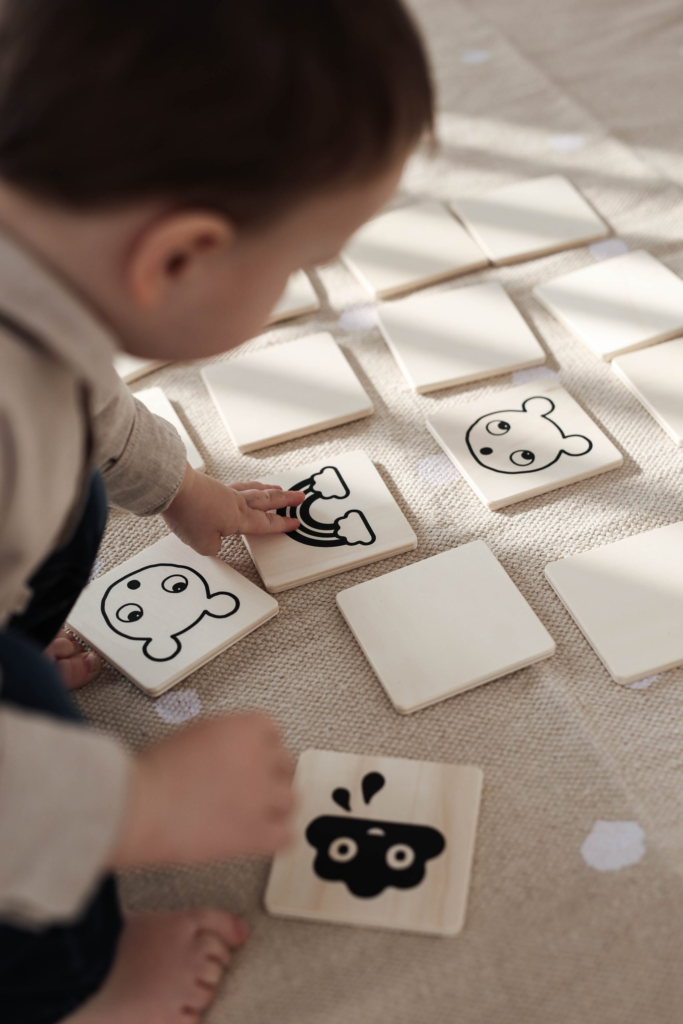
9. Build Associations and Connections
Helping children form associations between details makes them easier to remember. Mnemonics, acronyms, and storytelling are effective tools. For example, the acronym “ROY G. BIV” helps children remember the colors of the rainbow. Similarly, connecting new information to a child’s personal experiences or interests makes the content more meaningful and memorable.
10. Make Learning Fun and Relevant
Children are more likely to remember what excites them. Visiting museums, libraries, or science centers can bring abstract ideas to life. Parents can also connect lessons to real-life experiences—counting fruit in a grocery store, identifying shapes in buildings, or discussing colors while painting. When learning feels enjoyable and relevant, memory retention improves naturally.
カスタム家具ソリューションで教室を変身させましょう
よくある質問
1. ワーキングメモリ障害とは何ですか?
ワーキングメモリの障害とは、短時間の情報の保持と処理が困難であることを意味します。この問題を抱える子どもは、指示を覚えたり、複数のステップから成る課題をこなしたりするのが困難になる場合があり、学習や日常生活に支障をきたす可能性があります。
2. 子どもの作業記憶力を向上させるにはどうすればよいですか?
お子様のワーキングメモリを向上させるには、記憶ゲーム、反復練習、指示に従ったり問題を解いたりする練習など、お子様に様々なアクティビティを試してみてください。「ビンゴ」や「集中力」といったゲームは、お子様の記憶力を強化するのに役立ちます。
3. 子どもが情報を記憶できるようにするにはどうすればよいですか?
お子様に、視覚化、情報のチャンク化、新しい知識と古い知識の関連付けといったテクニックを使うように促しましょう。繰り返し練習し、継続的に練習することも、情報をより効果的に記憶し、思い出すための鍵となります。
4. 子供の写真記憶の兆候は何ですか?
子どもに写真記憶能力が見られることは稀ですが、一度見ただけで細部まで驚くほど正確に思い出せるという特徴から、写真記憶能力があると判断されることがあります。写真記憶能力を持つ子どもは、過去の出来事、本の特定のページ、あるいは画像を非常に詳細に鮮明に覚えていることがあります。また、まるで写真のように、場面や物を頭の中で描写することもあります。もしお子さんが物事を非常に詳細に覚えていることに気づいたら、記憶能力についてより深く理解するために、専門家に相談することをお勧めします。
5. 子供の突然の記憶喪失の原因は何でしょうか?
お子様の突然の記憶喪失は心配な症状であり、様々な要因によって引き起こされる可能性があります。脳震盪や頭部外傷といった脳機能に影響を与える身体的損傷が原因となる場合もあります。精神的なストレス、不安、あるいはお子様の生活における大きな変化も、一時的な記憶障害を引き起こす可能性があります。睡眠不足、発熱などの感染症、神経系の問題も記憶喪失の原因となることがあります。お子様が突然の記憶喪失を経験した場合は、医療機関を受診し、根本的な原因を特定し、適切な治療を受けることが重要です。
6. When should I be concerned about my child’s memory?
You should be concerned if your child frequently forgets familiar routines, struggles with simple instructions, or shows difficulty recalling recent events. If these signs persist across different settings and interfere with learning or daily life, consult a pediatrician or child development specialist.
結論
結論として、お子様の記憶力を高めるには、単に記憶を思い出すことに焦点を当てるだけでは不十分です。認知能力の発達を促す環境を整えることが重要です。反復、視覚化、実践学習といった効果的な学習方法を取り入れ、整理整頓された支援的な空間と組み合わせることで、お子様の記憶力と学習能力を強化することができます。適切なツールと適切な環境を提供することで、お子様は学業面でも人間的にも成長するための基盤を築くことができます。
で シーハ・キッズ私たちは、お子様の発達において、適切に設計された学習空間の重要性を理解しています。20年以上の業界経験を持つ幼稚園用家具の大手メーカー兼サプライヤーとして、教室の設計、特注家具の製作、品質検査、納品まで、ワンストップソリューションを提供しています。 幼稚園用家具様々なスタイル、素材、サイズを取り揃えた「」は、お子様の成長、学習、そして記憶に理想的な環境を作り出すために設計されています。お子様にとって最適な学習環境の構築をお手伝いいたします。


